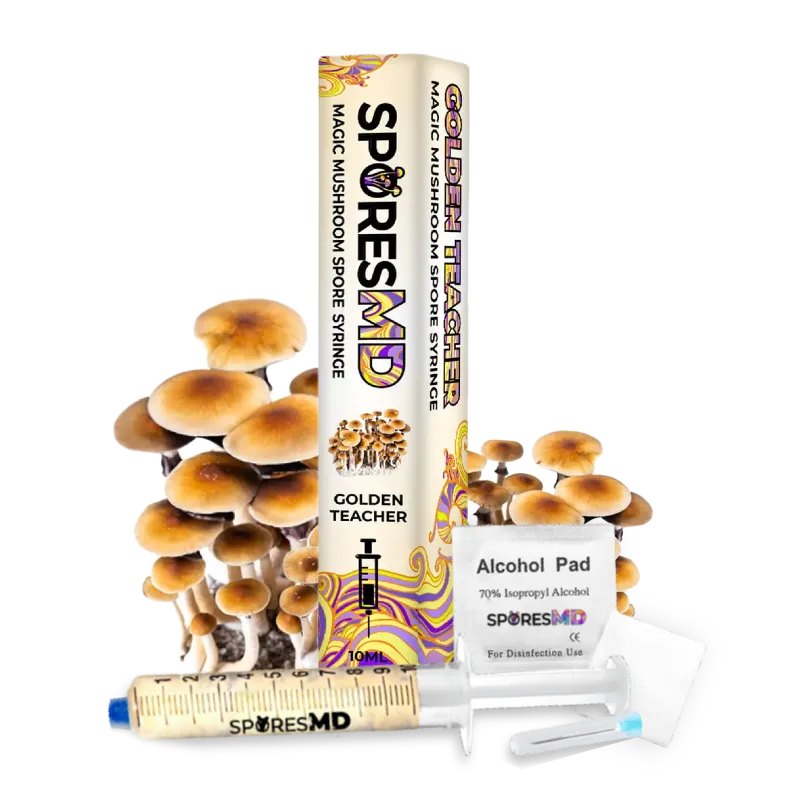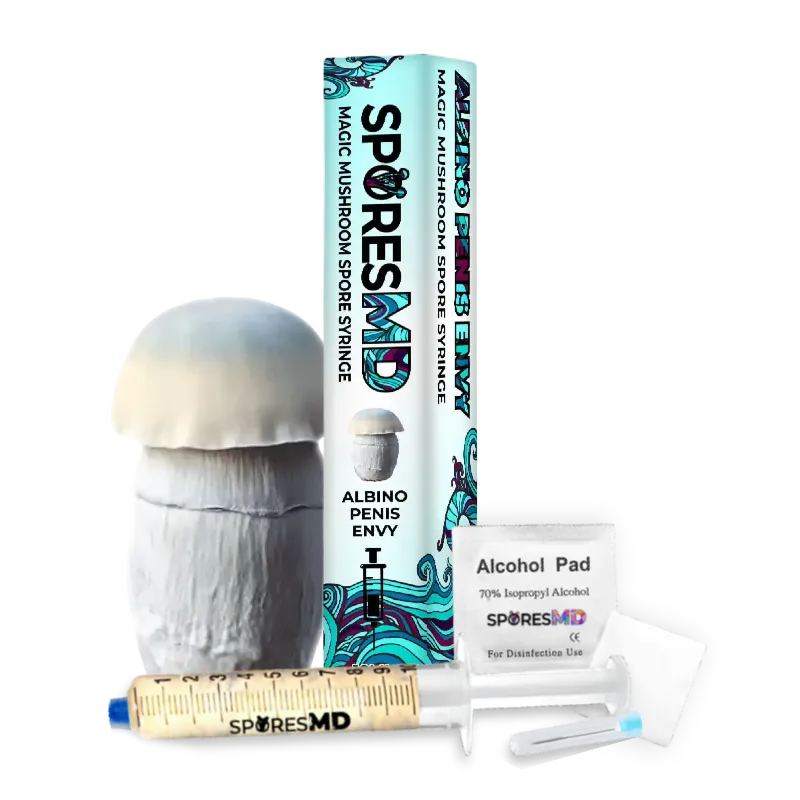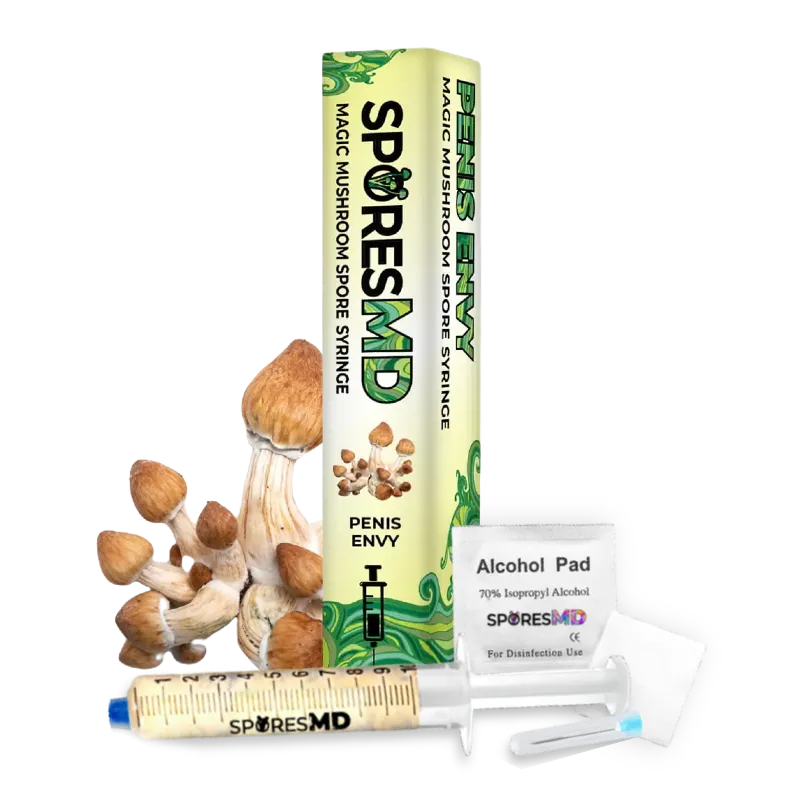Mushrooms intrigue us. From the common button to the exotic fly agaric, they’re a culinary staple and a forager’s delight. But what about their spores? Can you eat them?
Understanding the edibility of mushroom spores opens a new chapter in your culinary adventures. It’s crucial, though, to tread carefully. Not all mushrooms—or their spores—are safe. In the following lines, we’ll dive deeper into this topic, offering you the essential insights you need. Let’s explore the fascinating world of mushrooms together, starting with the basics of spore edibility.
Key Takeaways
- Edibility of Mushroom Spores: Generally, mushroom spores are safe to consume when ingested as part of eating edible mushroom varieties, with most passing harmlessly through the digestive system.
- Allergic Reactions and Respiratory Issues: While consumption of mushroom spores typically doesn’t pose health risks, inhalation of concentrated spores can lead to allergic reactions and respiratory issues in predisposed individuals.
- Potential Risks of Poisonous Spores: Direct contact or accidental ingestion of spores from poisonous mushrooms can be hazardous, and proper identification is crucial to avoid poisoning.
- Utilization Beyond Edibility: Mushroom spores are not only important for identification and cultivation but have also found a niche in artistic endeavors through the process of spore printing.
- Safe Practices Around Mushroom Spores: Protecting oneself from potential spore-related hazards involves wearing protective gear, ensuring good ventilation, controlling indoor humidity, and relying on reputable sources for spore identification and selection.
- Significance in Mushroom Lifecycle: Spores play a critical role in the propagation and diversity of mushrooms, aiding in their dispersal and germination across various environments.
Understanding Mushroom Spores
Diving into the world of mushrooms, it’s essential to grasp how these fascinating organisms replicate and spread. Mushroom spores play a crucial role in this process. Yet, a common query arises: are these spores edible? Let’s break down the science behind mushroom spores, their composition, and their significance in the life cycle of mushrooms.
The Composition of Mushroom Spores
Mushroom spores are microscopic, reproductive cells that allow fungi to reproduce and spread. Each spore is a potential starting point for a new mushroom, making them vital for the continuation of mushroom species.
- Structure: Resilient and lightweight, spores can travel vast distances with the help of wind, water, or animal carriers.
- Safety: Generally, mushroom spores are harmless to humans when ingested as part of consuming edible mushroom varieties. Most pass through your digestive system without incident.
The Role of Spores in Mushroom Life Cycle
Mushroom spores are the keystone in the lifecycle of fungi. Here’s how they contribute:
- Dispersal: Released in billions by a single mushroom, these spores travel to find a new home where conditions are ripe for growth.
- Germination: Once landed in an opportune spot, a spore can germinate, growing into new fungal structures if environmental conditions are favorable.
Understanding this cycle is pivotal for both mushroom enthusiasts and cultivators alike.
Mushroom spores are not only fascinating for their critical role in the proliferation of mushrooms but also for their edibility, posing no harm when consumed with the mushrooms themselves. Whether you’re a mycologist, a gastronome, or simply curious about the fungal kingdom, mushroom spores offer a world of intrigue.
Are Mushroom Spores Edible?
Comparing Spores With Mature Mushrooms
Mushroom spores differ significantly from mature mushrooms, both in form and function. Whereas mature mushrooms are the fruiting bodies we often consume in various dishes, spores are akin to seeds, facilitating the propagation of the fungi. It’s crucial to distinguish between spores and mushrooms because:
- Appearance and Size: Spores are microscopic, while mushrooms are visible and tangible.
- Purpose: Spores serve for reproduction, whereas mushrooms are often harvested for their nutritional and culinary value.
- Edibility: While spores themselves are not a common dietary component, they are generally considered safe when ingested as part of edible mushroom varieties.
Health Implications of Consuming Spores
The consumption of mushroom spores, in the context of eating mushroom-containing food, doesn’t pose health risks for most individuals. However, there are exceptions related to specific circumstances:
- Allergic Reactions: Rarely, individuals might experience allergic reactions to spores, similar to pollen or other environmental allergens.
- Respiratory Issues: Inhalation of concentrated mushroom spores, not consumption, poses a greater risk, potentially leading to respiratory complications in predisposed individuals.
It’s important to note that while mushroom spores are generally safe when consumed within edible mushroom dishes, the direct consumption or inhalation of concentrated spores from certain mushroom varieties, especially in a non-food context, should be avoided. Always seek mushrooms from reputable sources and prioritize your health by staying informed.
Potential Risks of Mushroom Spores
While exploring the fascinating world of fungi, it’s crucial to understand not just the benefits but the potential risks associated with mushroom spores.
Allergic Reactions and Respiratory Concerns
First, let’s dive into allergic reactions and respiratory concerns:
- Allergic Reactions: Direct exposure to mushroom spores can trigger allergic responses in some individuals. Symptoms may range from mild (itchy skin, watery eyes) to severe (anaphylaxis). If you experience an allergic reaction, seek medical help immediately.
- Respiratory Concerns: Inhaling mushroom spores in large quantities can lead to respiratory issues, especially for those with existing conditions like asthma. Symptoms include coughing, difficulty breathing, and chest tightness.
For enthusiasts eager to learn more about fungi, ensuring a safe environment to study or grow mushrooms is paramount.
The Impact of Poisonous Mushroom Spores
Next, let’s address the risks associated with poisonous mushroom spores:
- Direct Contact: While most mushroom spores are not toxic, certain types, particularly from poisonous varieties, can be hazardous. Handling or accidental ingestion of spores from toxic mushrooms without proper identification can lead to poisoning.
- Symptoms of Poisoning: Symptoms might appear hours to days after exposure, ranging from gastrointestinal upset (nausea, vomiting) to more severe effects like organ failure in extreme cases.
Understanding the risks, conducting thorough research, and adhering to safety guidelines is crucial when dealing with mushroom spores.
Remember, while mushrooms and their spores offer a gateway to a hidden natural world, safety should always come first. Always use reputable sources and professional advice when dealing with fungi, especially if you’re new to mycology.
Mushroom Spore Utilization
Mushroom spores, while microscopic, play a colossal role in the propagation of mushrooms. But when it comes to their edibility and utility, the conversation expands into diverse fields such as identification, cultivation, and even art.
Spores for Identification and Cultivation
Identifying mushrooms can be a complex task, yet spores offer unique insights. Each mushroom species produces spores with distinct characteristics in terms of color, shape, and size. By examining these spores under a microscope, mycologists can accurately identify the species. This method is crucial for distinguishing between edible and toxic mushrooms, enhancing safety in mushroom foraging.
Cultivation is another area where spores shine. Starting a mushroom farm from spores can seem daunting, but it’s an effective way to ensure genetic diversity within the crop. For commercial growers and hobbyists alike, utilizing spores for cultivation is a step towards sustainable mushroom farming. With the right conditions, these spores can be developed into mycelium and eventually fruiting bodies.
Artistic Uses of Mushroom Spore Prints
Beyond their biological and cultivation uses, mushroom spores have found their way into the realm of art through spore printing. Spore prints are not only functional for species identification but also serve as a unique medium for creating intriguing patterns and designs. This process involves placing a mushroom cap on a piece of paper or canvas and leaving it overnight to release its spores, resulting in a detailed imprint of the gill patterns. Artists have embraced spore printing, experimenting with different substrates and mushroom types to produce captivating artworks.
Whether used for identification, cultivation, or artistic endeavors, mushroom spores offer a multifaceted approach to exploring and appreciating the fungal kingdom. From the precision required in scientific study to the creative flair in art, spores provide a bridge between the microscopic and macroscopic worlds of mushrooms.
Safe Practices Around Mushroom Spores
When diving into the world of mushrooms, you realize their spores aren’t just fascinating; they require careful handling. While essential for propagation, these microscopic seeds pose safety concerns. To navigate this world safely, understanding and implementing safe practices around mushroom spores is crucial.
Avoiding Exposure to Harmful Spores
Mushroom spores, though tiny, can pack a punch regarding allergic reactions and respiratory problems. Protecting yourself from potential hazards begins with minimizing exposure.
- Wear Protective Gear: Always wear masks when dealing with or around areas where mushroom spores might be present. This simple step can safeguard your lungs from inhaling spores.
- Improve Ventilation: Whether you’re growing mushrooms or studying them in an indoor setting, ensure the area is well-ventilated. This helps disperse spores and reduces the chance of them lingering in the air.
- Control Humidity: Mushrooms thrive in damp conditions, as do their spores. By keeping your indoor environment less humid, you can decrease spore production.
Proper Handling and Identification
Understanding what you’re dealing with is half the battle. Identifying mushroom species correctly is vital, especially since some carry more risks than others.
- Use Trusted Sources: Rely on reputable resources for identifying mushrooms.
- Educate Yourself: Knowledge is power. Familiarize yourself with the mushrooms native to your area and their spore characteristics. Education can prevent accidental exposure to harmful spores.
- Sterilization is Key: When working with spore syringes or cultivating mushrooms, ensure everything from your work surface to the syringe itself is sterilized. This eliminates the risk of introducing unwanted pathogens into your environment.
Implementing these practices can significantly reduce the risks associated with mushroom spores. Remember, safety first! Whether you’re a seasoned mycologist or a curious newbie, adhering to these guidelines ensures a safe and rewarding interaction with the fascinating world of mushrooms.
Conclusion
Understanding the complexities around mushroom spores is key to safely engaging with them, whether you’re a mycology enthusiast or simply curious. By recognizing the potential risks and adopting safe practices, you can minimize the dangers and enjoy the fascinating world of mushrooms. Remember, protective gear, proper ventilation, and thorough research are your best tools in this journey. Trust in reputable sources like SporesMD for accurate information and safe mushroom spore syringes. With the right precautions, exploring the realm of mushroom spores can be both safe and rewarding. Stay informed, stay safe, and let your curiosity about mushrooms flourish responsibly.

![Are Mushroom Spores Edible? 5 Safety Tips You Need to Know [2024 Guide]](https://sporesmd.com/wp-content/uploads/2024/05/JjZSZWHJ7wQ3Ccgw4Kcsk.jpeg)



